1. The Hope Diamond

The Hope Diamond might be dazzling, but behind its sparkle is a trail of tragedy that historians love to retell. Originally mined in India, the gem passed through royal hands in France and later America, leaving a string of misfortunes, bankruptcies, and even violent deaths in its wake. Owners and handlers alike were rumored to have suffered catastrophic luck, leading to its reputation as one of the most cursed jewels in history. Today, it sits behind glass in the Smithsonian, and while tourists admire its beauty, curators make it clear no one should even think about touching it.
The stories surrounding the diamond may not all be verifiable, but they’ve stuck around because of how uncanny the coincidences are. Whether or not you believe in curses, the number of misfortunes connected to this stone is chilling. It’s almost as if history is whispering a warning every time someone leans in close to admire it. For those who believe, the Hope Diamond isn’t just a gem—it’s a reminder of what greed and obsession can cost.
2. Tutankhamun’s Tomb
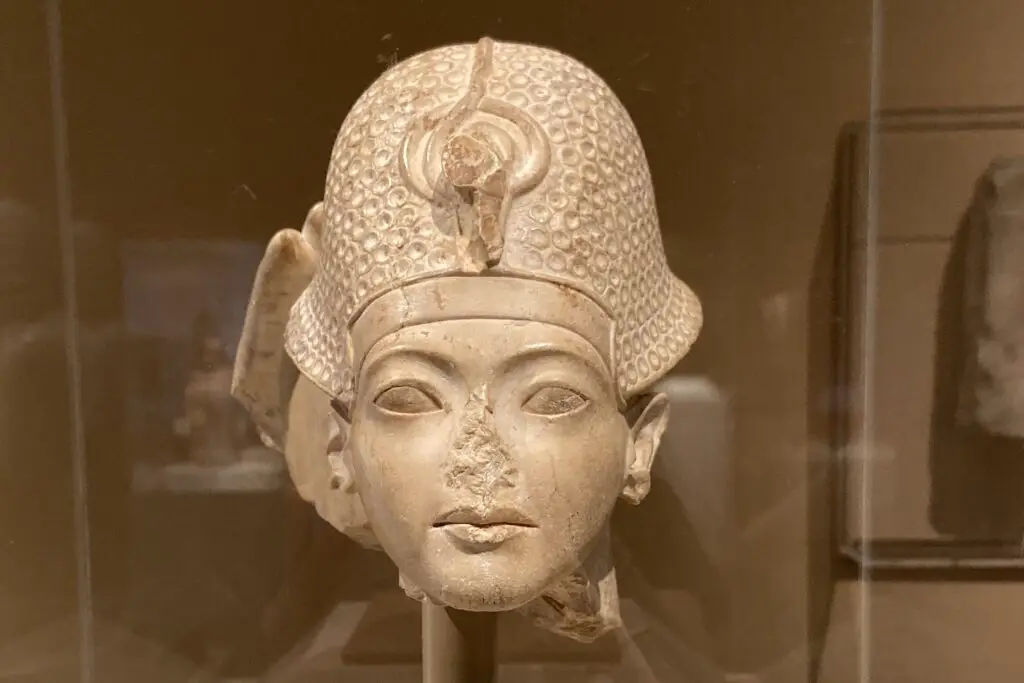
When Howard Carter opened King Tut’s tomb in 1922, the discovery was one of the greatest archaeological finds of all time. But the excitement quickly gave way to unease when people connected to the dig began to fall ill or die under mysterious circumstances. Lord Carnarvon, who financed the expedition, died soon after from a mosquito bite infection, fueling whispers about the “curse of the pharaohs.” Even newspapers ran headlines warning that ancient spirits had been awakened.
Historians now argue it might have been exposure to ancient mold or bacteria inside the sealed tomb. Still, the curse story took on a life of its own and has never gone away. Even today, some people hesitate at the thought of touching artifacts from Tut’s burial chamber. For many, it feels like messing with the tomb disturbs more than just history—it stirs something beyond our understanding.
3. The Koh-i-Noor Diamond

The Koh-i-Noor Diamond has been passed down through centuries of empires, conquests, and bloodshed, and with it came whispers of a curse. The massive gem, mined in India, changed hands between dynasties before being taken by the British in the 19th century. Men who wore it were said to suffer ruin or violent death, while women seemed to be spared. That might explain why the stone has only been worn by queens in the British royal family ever since.
Today, the diamond rests in the Crown Jewels, guarded behind thick glass. Visitors marvel at its beauty, but the warnings linger in the background: men should never touch it. Whether the curse is real or just legend, history shows it’s not a jewel to take lightly. Sometimes, a glittering prize hides the darkest shadow.
4. The Dybbuk Box
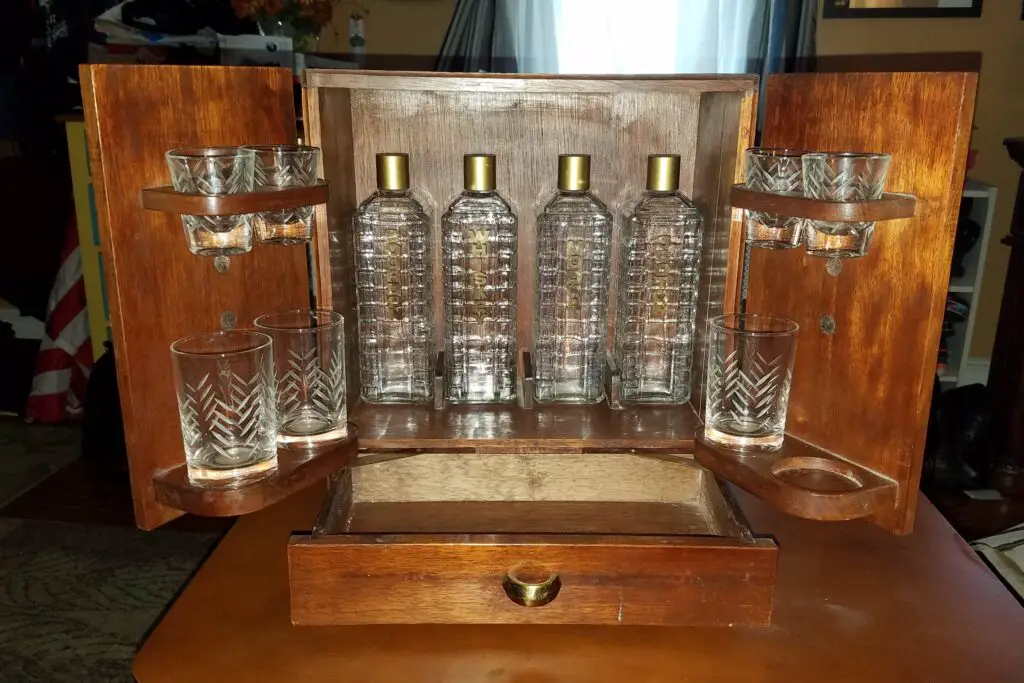
This wooden wine cabinet looks harmless enough, but the stories attached to it are enough to make anyone think twice. Said to be haunted by a malicious Jewish spirit called a dybbuk, the box first gained attention when it was sold on eBay in the early 2000s. Its owners reported nightmares, strange odors, health problems, and even terrifying visions.
The tale became so well-known it inspired the horror movie The Possession. While skeptics say it’s just superstition, museums and collectors have refused to handle the box without serious precautions. It now rests in Zak Bagans’ Haunted Museum in Las Vegas, where it’s considered too dangerous for guests to touch. Whether you believe in dybbuks or not, few want to tempt fate with this eerie object.
5. Ötzi the Iceman’s Artifacts
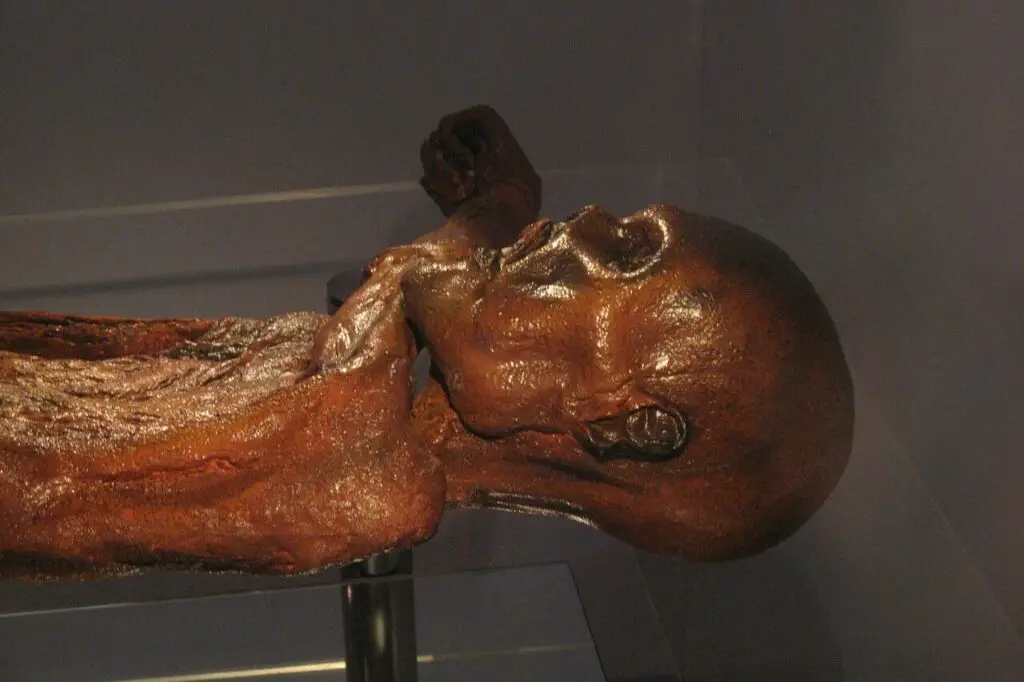
In 1991, hikers discovered the frozen body of Ötzi the Iceman in the Alps, and with him came tools and clothing from over 5,000 years ago. Scientists were thrilled to study the remarkably preserved find, but soon after, rumors of a curse began. Several people who handled or studied the mummy—including a forensic pathologist and a mountain guide—died under unusual circumstances.
Historians have tried to dismiss the curse as coincidence, but it hasn’t stopped the speculation. The number of deaths tied to people connected with Ötzi is enough to unsettle even the most rational minds. While his artifacts now sit safely in a museum, staff members are careful and respectful in how they handle them. The idea of a Stone Age spirit holding a grudge may sound far-fetched, but the chilling stories are hard to ignore.
6. The Bassano Vase
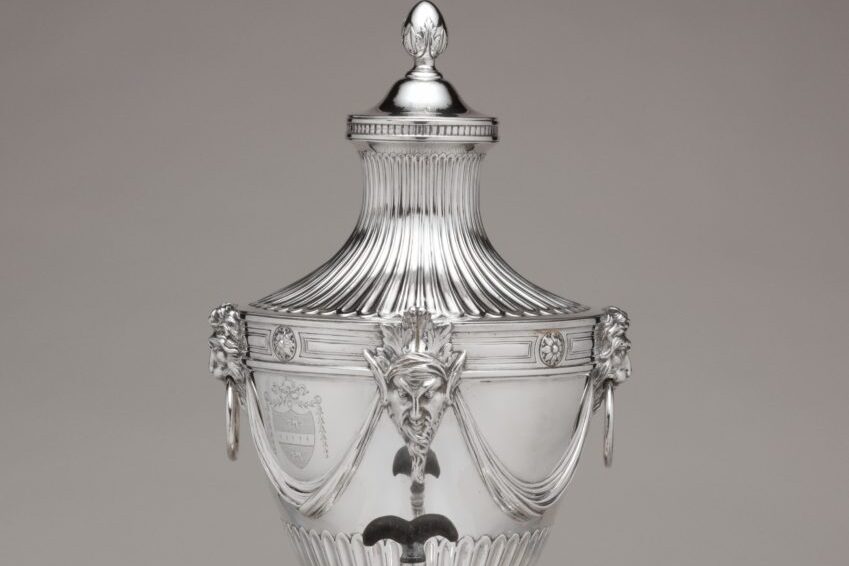
The Bassano Vase is a silver urn from the 15th century that carries a sinister reputation. Legend says a bride in Italy was given the vase on her wedding night, only to die before the next morning. Over the years, the vase supposedly passed through multiple owners, each meeting a similarly tragic fate.
By the 20th century, authorities reportedly buried the vase in a lead box to prevent more deaths. Some claim it was rediscovered, though its exact whereabouts are now uncertain. For historians and collectors, the Bassano Vase isn’t just an artifact—it’s a warning about the dangers of ignoring dark legends. If something comes with that many ominous stories, maybe it’s best left untouched.
7. The Terracotta Army Weapons

When China’s Terracotta Army was uncovered, archaeologists marveled at the thousands of life-sized clay soldiers guarding Emperor Qin Shi Huang’s tomb. What made them even more remarkable were the bronze weapons buried with them, preserved in surprisingly good condition. But handling them has sparked stories of bad luck, illness, and strange accidents among those who ignored ancient warnings.
The emperor was obsessed with immortality, and some believe he infused his burial with traps and curses meant to protect it. Historians caution that disturbing such sacred artifacts can have unpredictable consequences. Whether it’s toxins from ancient preservation techniques or something more spiritual, the weapons are best admired from a distance. Touching them has never ended well for those who tried.
8. Robert the Doll
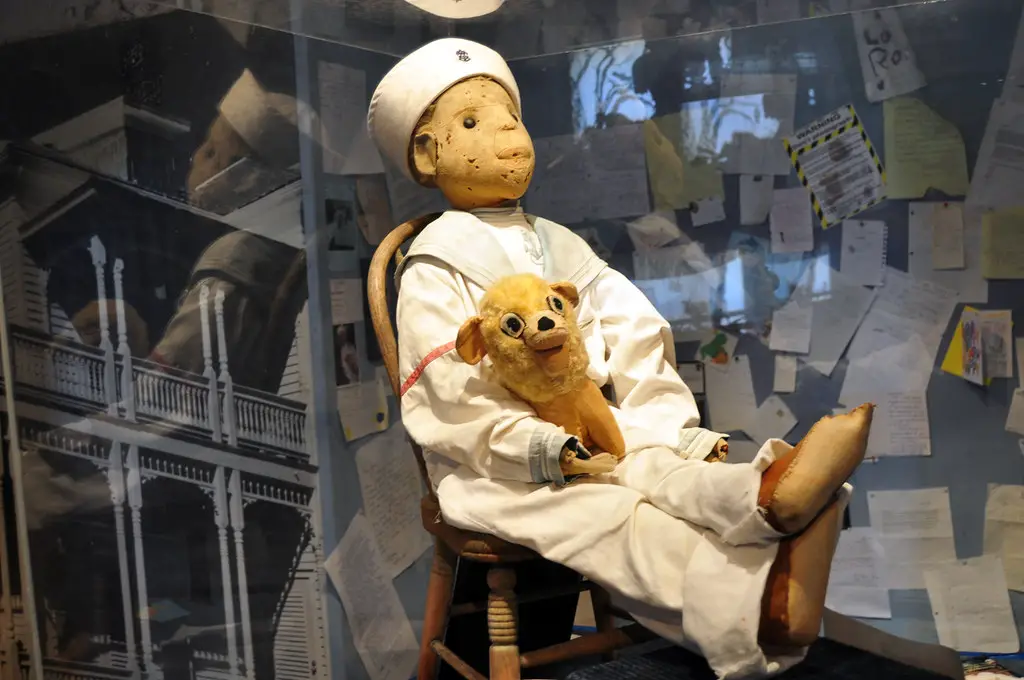
At first glance, Robert the Doll looks like a child’s toy, but he’s become infamous for his eerie reputation. Belonging originally to a boy named Robert Eugene Otto in Key West, the doll was said to move on its own, cause accidents, and bring misfortune to anyone who disrespected it. Visitors who mock Robert at his display in a Florida museum often report car crashes, injuries, or sudden streaks of bad luck afterward.
Historians see Robert as part of folklore, but the warnings remain strong: never touch him without permission. In fact, the museum keeps letters from people apologizing to the doll for their behavior, hoping to reverse their misfortunes. Whether it’s psychological suggestion or genuine supernatural power, Robert’s eerie stare makes people think twice. Sometimes, history’s most chilling artifacts are the ones staring right back at you.
9. Annabelle the Doll
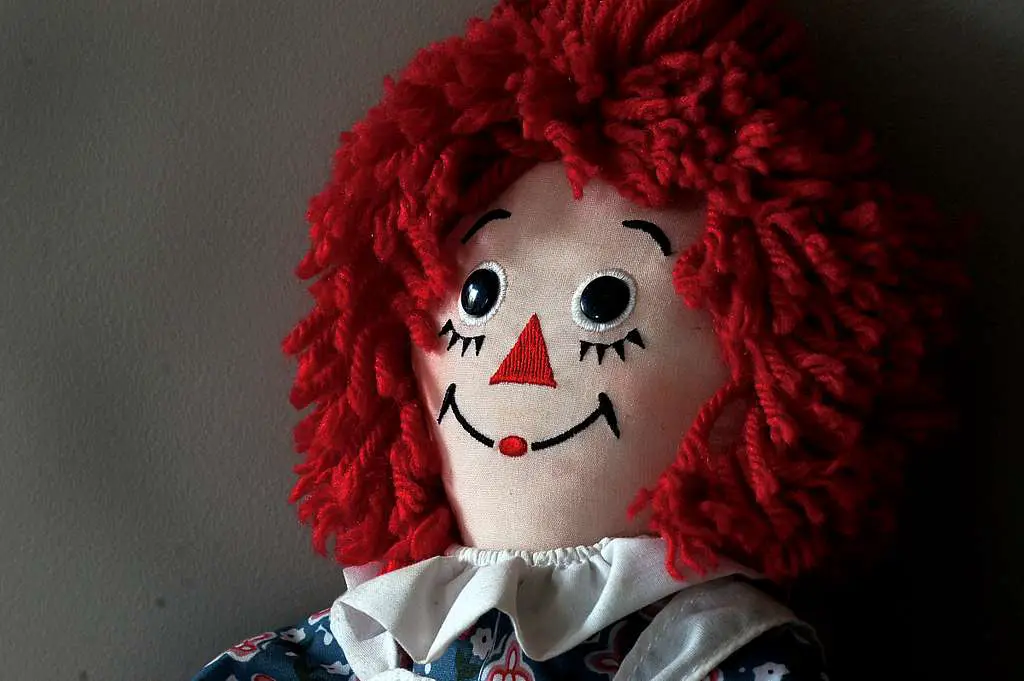
Unlike Robert, Annabelle is a more modern cursed doll, tied to the famous paranormal investigators Ed and Lorraine Warren. Claimed to be possessed by a demonic spirit, Annabelle caused fear in the 1970s when she reportedly moved on her own and attacked people. The Warrens placed her in a locked glass case with warnings to never open it.
The doll gained worldwide fame thanks to The Conjuring films, but her real-life reputation is just as chilling. Museum staff say anyone who mocks or touches the case often suffers immediate misfortune. Even if you don’t believe in demons, Annabelle has become a cautionary tale about tempting fate. It’s one doll that proves curiosity can definitely come at a cost.
10. The Delhi Purple Sapphire
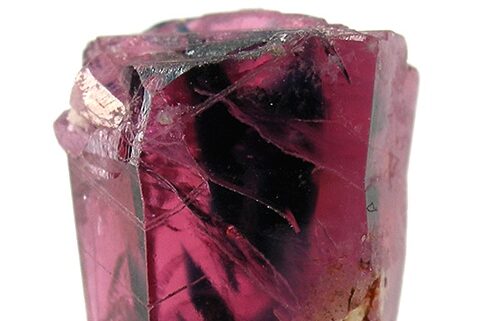
The Delhi Purple Sapphire isn’t actually a sapphire at all, but rather an amethyst. Still, its curse is legendary. The stone was reportedly looted from a temple in India during the 19th century, and since then, owners suffered financial ruin, illness, and even death. By the time it ended up in London, its reputation was so notorious that its last private owner locked it away with written warnings.
Today, the gem resides in the Natural History Museum in London, but even there, it’s not put on public display often. Its history is a reminder of the consequences of looting sacred sites. Whether the curse is real or symbolic, historians warn that touching it risks carrying centuries of anger with you. Some objects sparkle, but they’re best admired from behind glass.
11. The Tomb of Timur

In 1941, Soviet archaeologists opened the tomb of Timur, a 14th-century conqueror better known as Tamerlane. Inscribed on the tomb were chilling words: “When I rise from the dead, the world shall tremble.” Just days after the tomb was disturbed, Hitler launched Operation Barbarossa against the Soviet Union, sparking one of the deadliest battles of World War II.
Many saw this as no coincidence. Two years later, the Soviets returned Timur’s remains to the tomb with full rituals, and not long after, the tide of the war began to turn. Whether you call it coincidence or curse, historians point to Timur’s tomb as an object you don’t disturb lightly. Sometimes, history’s warnings are carved right into the stone.
12. The Black Orlov Diamond

The Black Orlov Diamond, also called the “Eye of Brahma,” carries with it centuries of ominous tales. Legend has it the gem was stolen from a Hindu idol, angering the gods. Over the years, several of its owners committed suicide, and the jewel became infamous for its supposed curse.
In the 20th century, jewelers tried to break the curse by recutting the diamond into smaller stones. While that seemed to calm the stories, the stigma has never disappeared. The Black Orlov still fascinates collectors, but it comes with warnings about the tragedies that followed it. Sometimes, even the most beautiful jewels cast the darkest shadows.
13. Uluru (Ayers Rock) Stones

Uluru in Australia is one of the most sacred sites to the Anangu people, and historians have long warned visitors not to take stones from the rock. Despite this, tourists pocketed pieces over the years, only to mail them back with apology letters after claiming they suffered illness, financial ruin, or relationship breakdowns. The sheer number of returned rocks has made the legend impossible to ignore.
The warnings are simple: Uluru isn’t just a landmark, it’s a sacred place. Disturbing it isn’t just disrespectful—it’s believed to bring misfortune. For anyone tempted to keep a piece as a souvenir, the stacks of apology letters at the visitor’s center serve as chilling reminders. Some curses don’t need ghosts—they come from breaking cultural respect.
14. The Belcourt Castle Chairs

In Newport, Rhode Island, Belcourt Castle is filled with antiques, but a pair of chairs in the ballroom stand out for their strange reputation. Visitors who sit in them often report feeling chills, sudden unease, or even being pushed away by an invisible force. Some say the chairs carry the energy of their former owners, who refuse to let anyone else take their seat.
Historians warn against dismissing these accounts, as the castle has a long history of paranormal activity. Today, the chairs remain roped off to prevent daring guests from trying them out. Even skeptics admit there’s something unsettling about the way people react. Sometimes, the curse isn’t death—it’s the bone-deep feeling that you’re not welcome.
15. The Cursed Idol of Pompeii

When Mount Vesuvius buried Pompeii in 79 A.D., it preserved countless artifacts under ash. Among them are statues and idols that some say carry the weight of the city’s destruction. Over the years, tourists who stole relics reported back that they were plagued by accidents, illnesses, and constant bad luck until they returned the items.
The museum now keeps many of these returned artifacts, along with the letters of regret. Historians often stress that these stories are less about supernatural curses and more about the guilt of stealing sacred history. Still, the pattern is eerie. The lesson is clear: Pompeii’s idols aren’t souvenirs—they’re reminders that some pieces of the past should never be disturbed.
